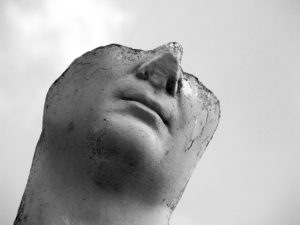Nose Anatomy [Show Notes]

Nose Basics
Your nose is responsible for breathing and smelling. These things work better when it isn’t stopped up.
The part of your nose that you can see and touch is cartilage covered in skin. There is bone above it, beside your nose, below it, and right in the middle (inside your head). Part of the cartilage is stiff and hold shape, other parts of cartilage are soft for flexibility.
The nasal root (the bone that extends between your eyes) connected to the bridge of your nose (which is made of cartilage). The tip is also called the lobe. The wings are on each side of your nose that you can flare. The nostrils is actually the holes.
There are 4 main sinus cavities
- Frontal sinuses = in your forehead, between your eyebrows
- Maxillary sinuses = run under your eyes, behind your cheeks
- Ethmoid sinus = right between your eyes, in the middle of your head, connected to your tear ducts
- Sphenoid sinus = under your sphenoid bone (in the middle of your head)
The sinus cavities are lined with mucous membranes that keep them moist and have lots of blood flow to them. Their job is to warm and moisten the air you breathe in your nose before it goes into the lungs. Your lungs don’t like cold air.
Mouth breathing is not very efficient. This is true in athletics as well as sleep. But breathing out through your mouth can be useful because you can get a large amount of air out rather quickly and the lungs empty better.
You have a fast-flow and a slow-flow nostril – this has to help you perceive smell. Sometimes almost as good as dogs.
The cartilage of your ears and nose never stop growing through your life.
Connect with me
Support us on Patreon
*NEW* Join the Pharmacist Answers Podcast Community on Facebook
Subscribe: iTunes, Stitcher, GooglePlay, TuneIn Radio
Music Credits: “Radio Martini” Kevin MacLeod (incompetech.com) Licensed under Creative Commons: By Attribution 3.0 http://creativecommons.org/licenses/by/3.0/

